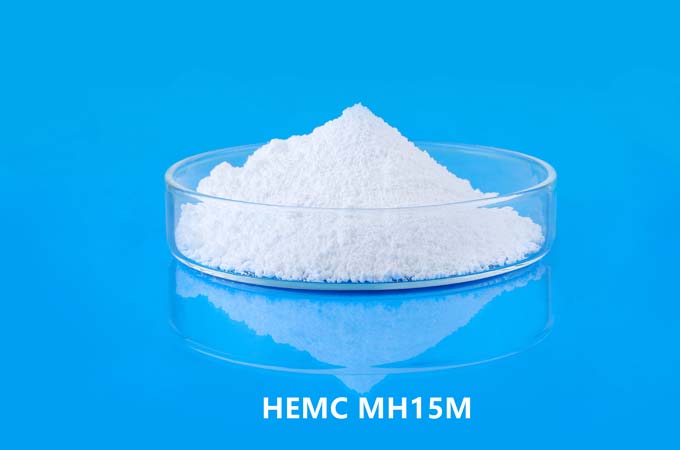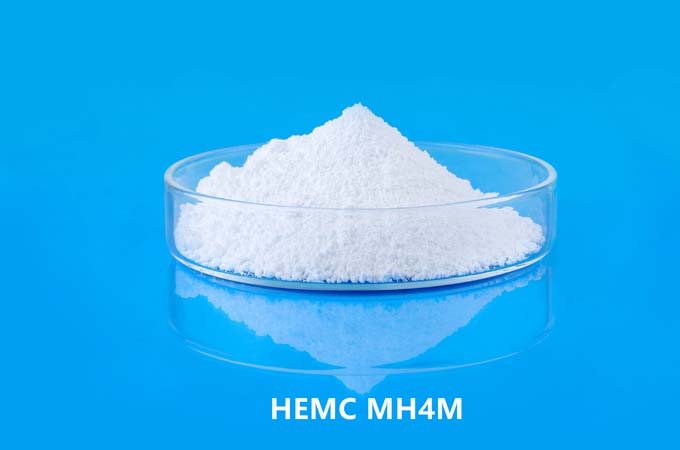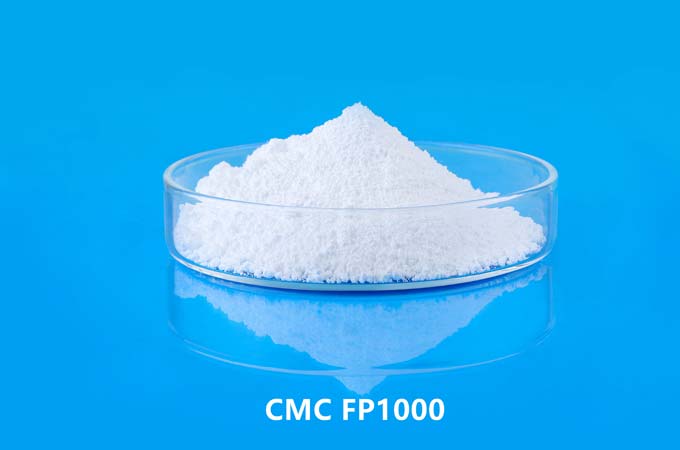According to the latest report, the global consumption of cellulose ether, a water-soluble polymer produced by chemical modification of cellulose, will be close to 1.1 million tons in 2022. Of the total global cellulose ether production in 2022, 43% will come from Asia (China accounts for 79% of Asian production), Western Europe will account for 36%, and North America will account for 8%. It is estimated that from 2018 to 2023, the consumption of cellulose ether will grow at an average annual rate of 2.9%. The growth rate of demand in Oceania will be higher than the global average, at 3.8%; the growth rate of demand in China will be 3.4%, and the growth rate of Central and Eastern Europe is expected to be 3.8%.
In 2022, the region with the largest consumption of cellulose ether in the world will be Asia, accounting for 40% of the total consumption, and China will be the main driving force. Western Europe and North America accounted for 19% and 11% of global consumption, respectively. Carboxymethyl cellulose (CMC) accounted for 50% of the total consumption of cellulose ethers in 2018, but its growth rate is expected to be lower than that of cellulose ethers as a whole in the future. Methylcellulose/hydroxypropylmethylcellulose (MC/HPMC) accounted for 33% of total consumption, hydroxyethylcellulose (HEC) accounted for 13%, and other cellulose ethers accounted for about 3%.
The report pointed out that cellulose ethers are widely used in thickeners, adhesives, emulsifiers, humectants and viscosity control agents. End applications include sealants and grouts, food, paints and coatings, as well as prescription drugs and nutritional supplements. Various cellulose ethers also compete with each other in many application markets, and also with other products with similar functions, such as synthetic water-soluble polymers and natural water-soluble polymers. Synthetic water-soluble polymers include polyacrylates, polyvinyl alcohols, and polyurethanes, while natural water-soluble polymers mainly include xanthan gum, carrageenan, and other gums. In a specific application, which polymer the consumer ultimately chooses will depend on the trade-off between availability, performance and price, and the effect of use.
In 2022, the total global carboxymethyl cellulose (CMC) market will reach 530,000 tons, which can be divided into industrial grade (stock solution), semi-purified grade and high-purity grade. The most important end use of CMC is detergent, using industrial grade CMC, accounting for about 22% of consumption; oil field application accounting for about 20%; food additives accounting for about 13%. In many regions, CMC's primary markets are relatively mature, but demand from the oilfield industry is volatile and linked to oil prices. CMC also faces competition from other products, such as hydrocolloids, which can provide superior performance in some applications. Demand for cellulose ethers other than CMC will be driven by construction end-uses, including surface coatings, as well as food, pharmaceutical and personal care applications, IHS Markit said.
The report shows that the CMC industrial market is still relatively fragmented, and the five largest manufacturers only account for 22% of the total production capacity. Currently, Chinese industrial-grade CMC producers dominate the market, accounting for 48% of the total capacity. The production of the purification grade CMC market is relatively concentrated, and the largest five manufacturers have a total production capacity of 53%.
The competitive landscape of CMC is different from that of other cellulose ethers. The threshold is relatively low, especially for industrial-grade CMC products with a purity of 65% to 74%. The market for such products is more fragmented and dominated by Chinese manufacturers. The market for purified grade CMC is more concentrated, which has a purity of 96% or higher. In 2018, the global consumption of cellulose ethers other than CMC was 537,000 tons, mainly used in construction-related industries, accounting for 47%; food and pharmaceutical industry applications accounted for 14%; surface coating industry accounted for 12%. The market for other cellulose ethers is more concentrated, with the top five producers together accounting for 57% of global production capacity.
Overall, the application prospects of cellulose ethers in the food and personal care industries will maintain a growth momentum. As consumer demand for healthier food products with lower fat and sugar content will continue to grow, in order to avoid potential allergens such as gluten, thereby providing market opportunities for cellulose ethers, which can provide the required functions, Without compromising taste or texture. In some applications, cellulose ethers also face competition from fermentation-derived thickeners, such as more natural gums.
 English
English 日本語
日本語 français
français Deutsch
Deutsch Español
Español italiano
italiano русский
русский português
português العربية
العربية Türkçe
Türkçe Nederland
Nederland



